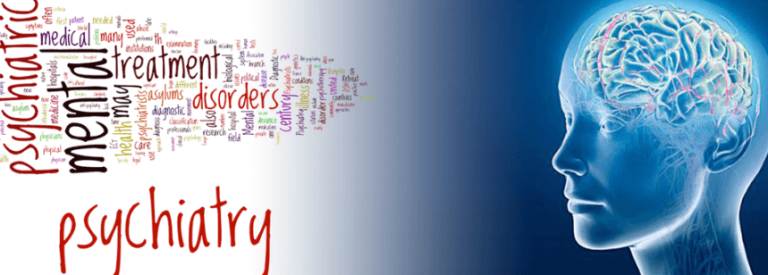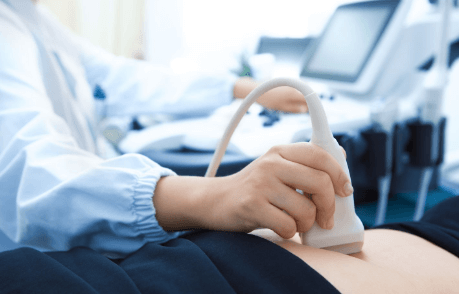Catheter Training and Epilepsy Training: Enhancing Patient Care

In the realm of healthcare, continuous training is not just a necessity but a cornerstone of quality patient care. From mastering the delicate art of catheter insertion to understanding the complexities of epilepsy management, healthcare professionals must undergo rigorous training to ensure optimal outcomes for patients. In this article, we delve into the intricacies of Catheter training, epilepsy training, and the broader concept of condition-specific training, exploring techniques, challenges, and future trends in the field.
Introduction to Catheter Training
Catheterization is a common medical procedure used for various purposes, including urine drainage, medication administration, and monitoring vital signs. Proper catheter training is essential to minimize the risk of complications and ensure patient comfort. Healthcare professionals undergo comprehensive training to learn the intricacies of catheter insertion, maintenance, and removal. Common types of catheters include indwelling catheters, intermittent catheters, and suprapubic catheters.
Understanding Epilepsy Training
Epilepsy is a neurological disorder characterized by recurrent seizures, affecting millions of people worldwide. Epilepsy training equips healthcare professionals with the knowledge and skills to recognize different types of seizures, administer appropriate first aid measures, and manage medications effectively. Given the unpredictable nature of seizures, Epilepsy training emphasizes quick thinking and decisive action to ensure patient safety.
Importance of Condition-Specific Training
While general medical training provides a solid foundation, condition-specific training allows healthcare professionals to delve deeper into the nuances of particular diseases or conditions. Tailored training programs cater to the unique needs of patients with specific medical conditions, such as catheter-related complications or epilepsy management challenges. By focusing on condition-specific training, healthcare professionals can deliver more personalized care and improve patient outcomes.
Catheter Training Techniques
Proper catheter insertion requires precision and skill to minimize discomfort and reduce the risk of infection. Healthcare professionals learn various techniques for catheter insertion, including sterile insertion procedures, catheter size selection, and securing the catheter in place. Additionally, maintenance and care tips are provided to ensure the longevity of catheter use and prevent complications such as urinary tract infections.
Epilepsy Training Approaches
Epilepsy training encompasses a range of approaches, from seizure recognition to medication management. Healthcare professionals learn how to identify different types of seizures, assess their severity, and respond accordingly. Additionally, training focuses on medication administration techniques, dosage calculations, and potential side effects of antiepileptic drugs. By mastering epilepsy training, healthcare professionals can provide timely interventions and improve patient outcomes. Condition training
Designing Effective Training Programs
Effective training programs are tailored to the needs of healthcare professionals and the unique challenges they face. Assessing individual learning styles and preferences is essential for designing engaging and relevant training modules. Practical exercises, such as hands-on simulations and role-playing scenarios, enhance learning retention and skill acquisition. By incorporating real-life case studies and interactive activities, training programs become more immersive and impactful.
Importance of Hands-On Practice
Hands-on practice is indispensable in healthcare training, allowing professionals to develop clinical skills and confidence in a controlled environment. Simulation training provides a safe and realistic setting for practicing procedures, such as catheter insertion or seizure management. By simulating challenging scenarios, healthcare professionals can refine their decision-making skills and improve patient outcomes. Real-life experiences further reinforce learning and prepare professionals for the complexities of patient care.
Overcoming Challenges in Training
Training in healthcare settings often presents challenges such as fear, anxiety, and time constraints. Healthcare professionals may feel apprehensive about performing certain procedures or managing critical situations. Providing a supportive learning environment and offering ongoing mentorship can help alleviate fears and build confidence. Additionally, incorporating stress management techniques and promoting self-care among healthcare professionals are essential for maintaining well-being and resilience.
Role of Technology in Training
Technology plays a vital role in modern healthcare training, offering innovative solutions to enhance learning experiences. Virtual reality simulations allow healthcare professionals to practice procedures in a realistic and immersive environment, without risk to patients. Mobile applications provide convenient access to training materials and resources, facilitating self-directed learning and knowledge retention. By harnessing the power of technology, training becomes more accessible, engaging, and effective.
Ensuring Compliance and Safety
Compliance with guidelines and regulations is paramount in healthcare training to ensure patient safety and quality of care. Healthcare professionals must adhere to established protocols for catheter insertion, epilepsy management, and other medical procedures. Emphasizing infection control measures, such as hand hygiene and aseptic technique, minimizes the risk of complications and transmission of pathogens. By prioritizing compliance and safety, healthcare organizations uphold standards of excellence and foster a culture of accountability.
Evaluating Training Effectiveness
Assessing the effectiveness of training programs is essential for continuous improvement and quality assurance. Feedback mechanisms, such as surveys and evaluations, gather insights from participants about the relevance and impact of training activities. Analyzing performance metrics and patient outcomes provides valuable data for assessing the efficacy of training interventions. Continuous monitoring and evaluation enable healthcare organizations to identify areas for improvement and refine training strategies accordingly.
Case Studies and Success Stories
Real-life case studies and success stories highlight the tangible impact of training on patient care and outcomes. By showcasing examples of effective training interventions and positive patient experiences, healthcare organizations inspire confidence and motivation among staff. Patient and caregiver testimonials provide valuable insights into the importance of well-trained healthcare professionals and the difference they make in people’s lives. By sharing stories of success, healthcare organizations celebrate achievements and reinforce the value of ongoing training initiatives.
Future Trends in Training
The future of healthcare training is shaped by technological advancements, evolving learning methodologies, and changing healthcare landscapes. Advancements in virtual reality, artificial intelligence, and augmented reality are revolutionizing training modalities, offering new possibilities for immersive and personalized learning experiences. Personalized learning approaches cater to individual learning styles and preferences, allowing healthcare professionals to customize their training journey. By embracing innovation and embracing future trends, healthcare organizations can stay ahead of the curve and continue to deliver high-quality training to their workforce.
Conclusion
In conclusion, catheter training, epilepsy training, and condition-specific training are essential components of healthcare education, ensuring that healthcare professionals have the knowledge and skills to deliver quality patient care. By mastering the intricacies of catheter insertion, epilepsy management, and other specialized areas, healthcare professionals can improve patient outcomes and enhance overall quality of life. Continuous training, hands-on practice, and technological innovation are key drivers of success in healthcare training, enabling professionals to stay abreast of the latest developments and best practices. As we look to the future, embracing innovation and fostering a culture of lifelong learning will be critical for meeting the evolving needs of patients and healthcare systems worldwide.





